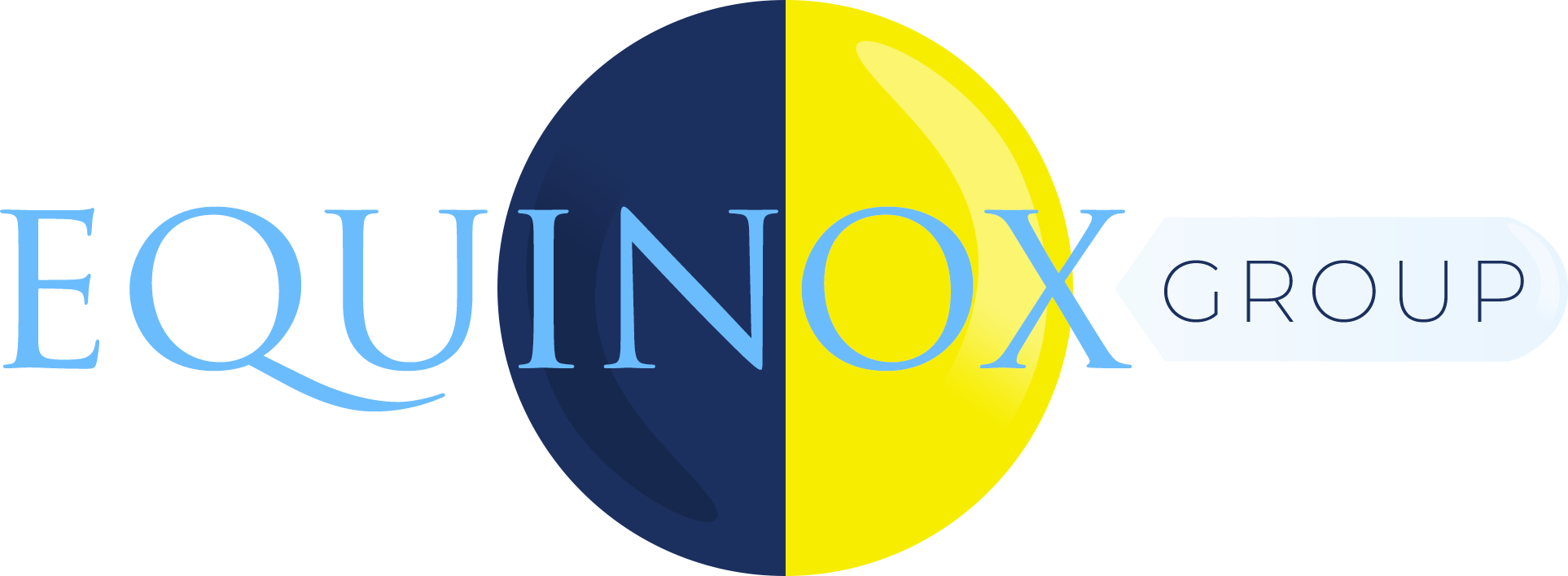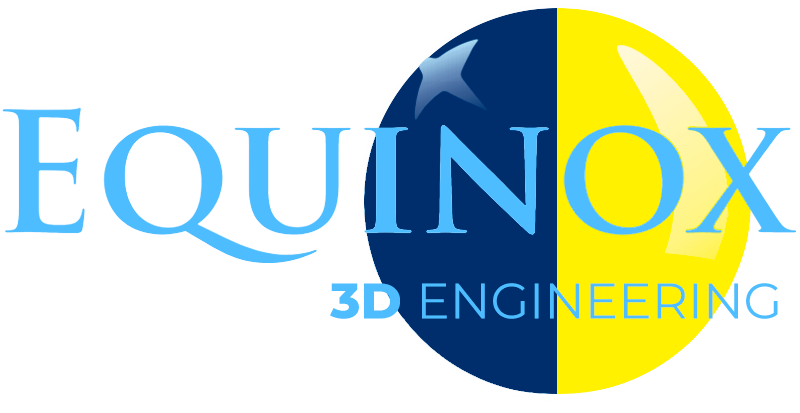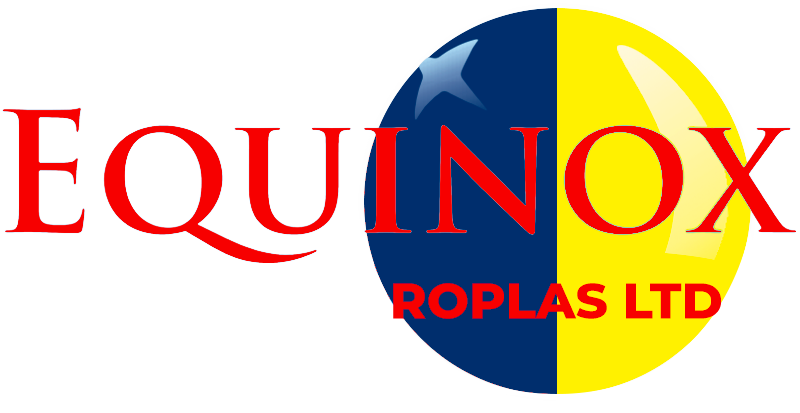Where Does Additive Manufacturing Sit Within the World of 3D Printing?
When it comes to the world of 3D printing, many can find that the term is overused, as there are many methods of 3D printing available, depending on what you’re looking to achieve. For example, not many may have heard about additive manufacturing, let alone the benefits it offers. The following categories outline just how popular additive manufacturing actually is, and some of the different processes available.
The terminology itself is used when a process of layering is used within 3D printing, but these processes can differ depending on the desired effect. However, all processes are referred to as additive manufacturing, due to the layering process used.
VAT Photopolymerisation
VAT Photopolymerisation is when a product is designed using a liquid photopolymer resin, but built up in layers. Due to the process involving the use of liquid, there is no structural support for the material when the product is being built, so it’s often the case for support structures to be used with this type of additive manufacturing,
Material Jetting
This type of additive manufacturing is similar to that of VAT Photopolymerisation in that it uses a liquid photopolymer resin for its creations. However, it differs in that it creates objects that can be compared to that of ink jet printer, and operates a drop-on-demand feature. As such, it’s normal for a build to be in place to allow the solution to solidify as the creation is built layer by layer.
Binder Jetting
The binder jetting process is carried using two different materials. The build is often made using a powder based material, with a liquid acting as a binder between each layer.
Power Bed Fusion
This additive manufacturing process actually employs the use of a number of different techniques, which are set out as follows:
- Direct metal laser sintering
- Electron beam melting
- Selective heat sintering
- Selective laser melting
- Selective laser sintering
The product being built using the power bed fusion technique will employ a mix of the above, thus creating different layers which hare then combined to deliver the final product.
Sheet Lamination
The sheet lamination process uses two differing manufacturing techniques, and these are ultrasonic additive manufacturing and laminated object manufacturing. The ultrasonic uses sheets or ribbons of metal which are held together using ultrasonic welding. The laminated object manufacturing process uses a similar method, but uses paper and adhesive as opposed to metal and welding. This additive manufacturing process is often used to create visual models, as the process can bind many different materials.
Directed Energy Deposition
Directed energy disposition can be known by a number of different terms, including net shaping and directed light fabrication. It is recognised as one of the more complex types of additive manufacturing and is normally used to repair products, or to add additional material to a pre-existing product.
There are a lot more additive manufacturing processes, but the above listened processes should give you an idea of just how diverse a complex the world of additive manufacturing can be.



